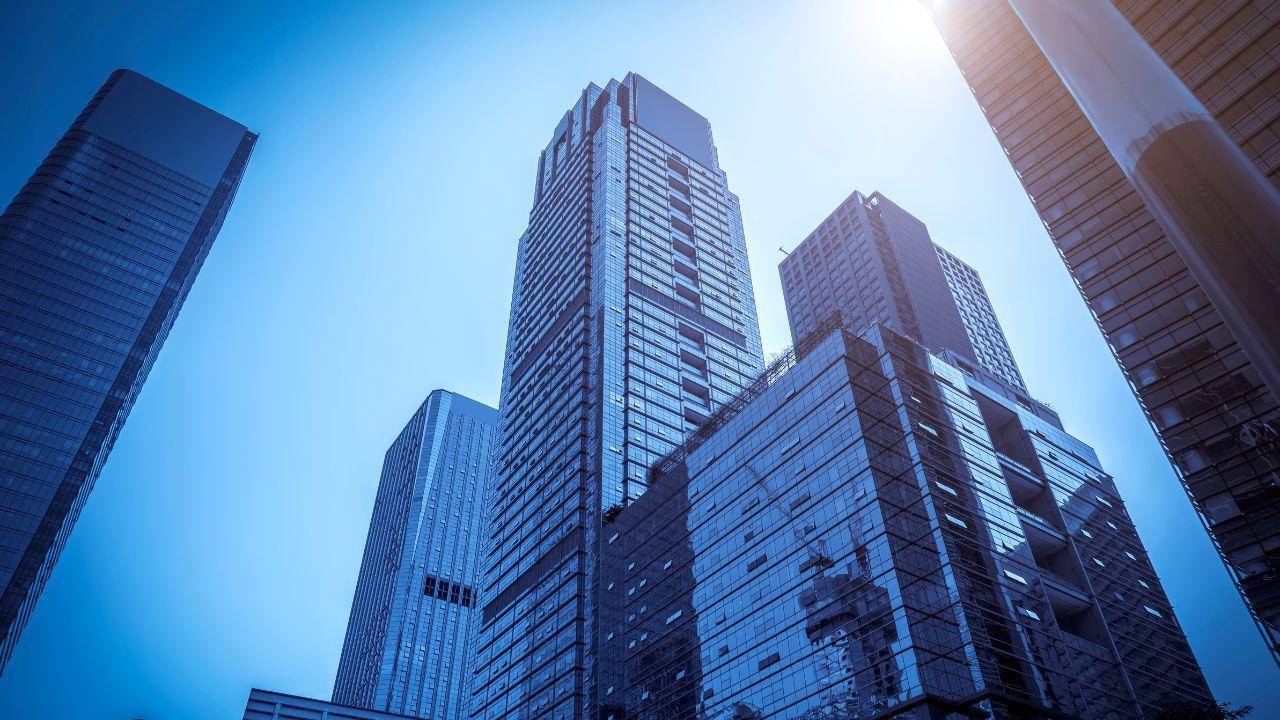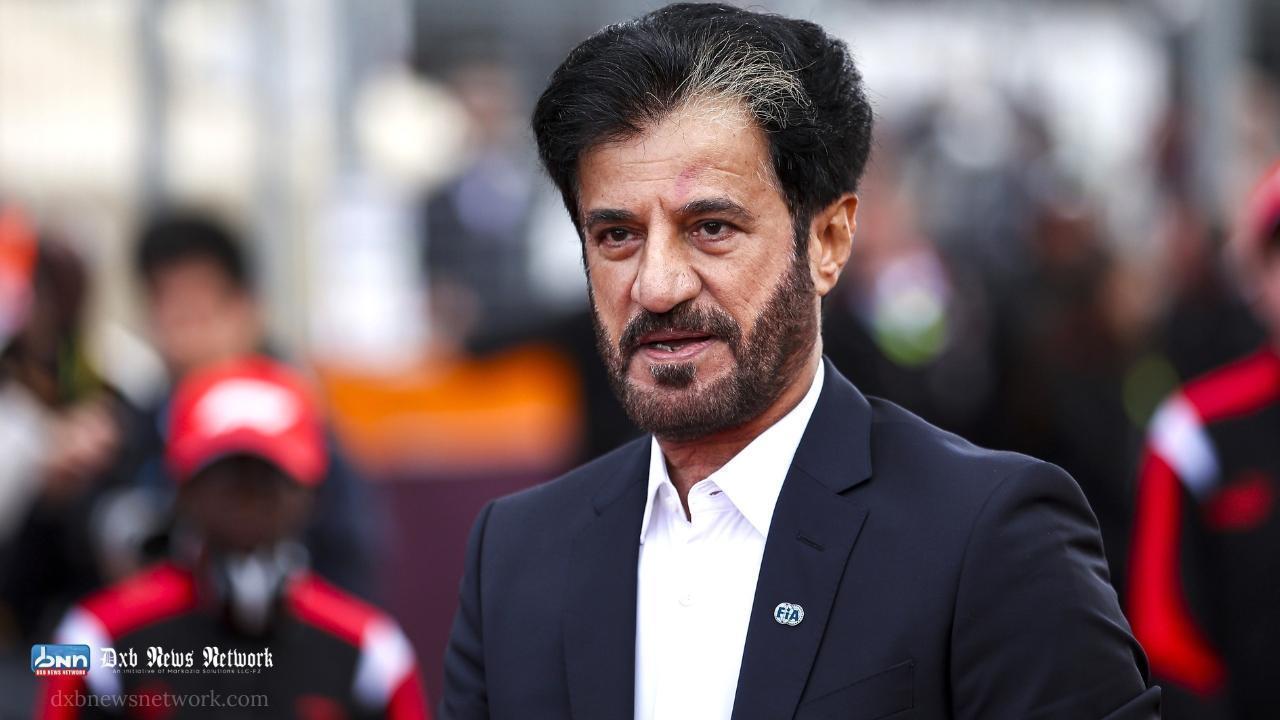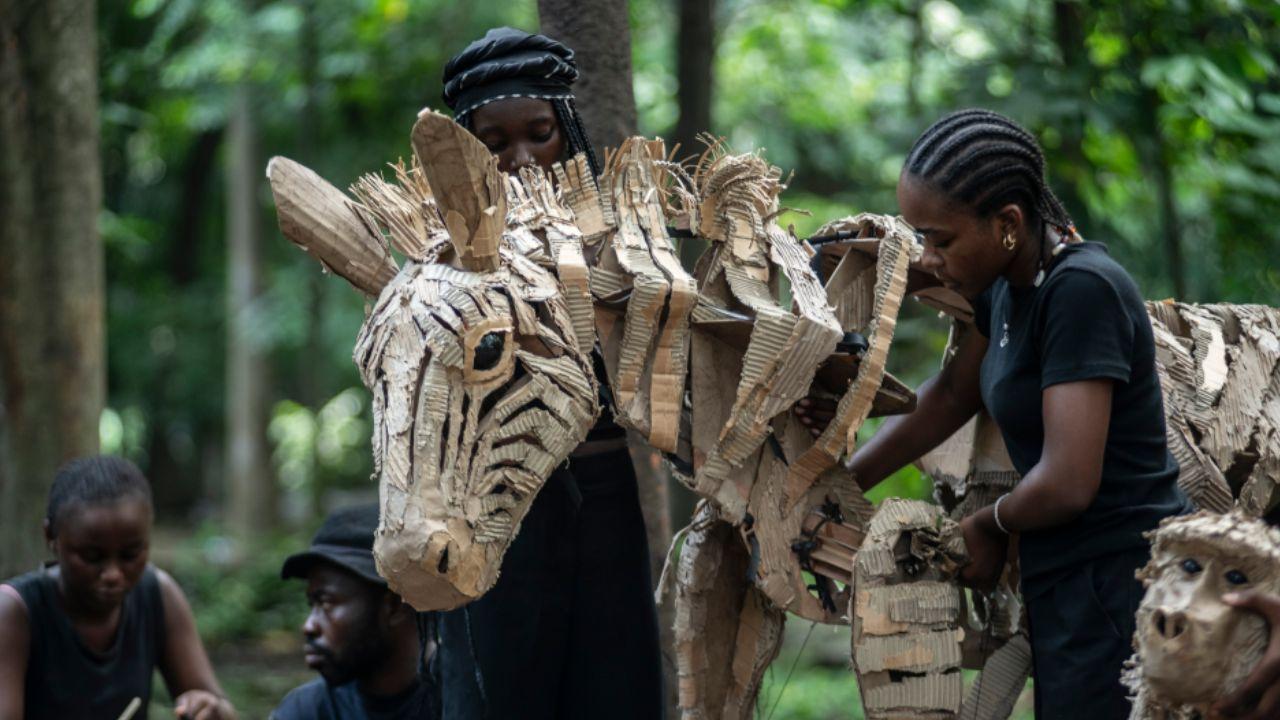
Post by: Vansh Kumar
Throughout history, humans have built awe-inspiring structures that stand as testaments to creativity, knowledge, and ambition. From the ancient pyramids of Egypt to modern architectural masterpieces like the Burj Khalifa, our ability to design and construct wonders has evolved significantly. This journey from old wonders to new marvels showcases the brilliance of human civilization and the relentless pursuit of progress.
The ancient world was filled with architectural masterpieces that continue to captivate us today. The Great Pyramid of Giza, one of the Seven Wonders of the Ancient World, stands as a marvel of engineering, built over 4,500 years ago without modern machinery. Similarly, the Colosseum in Rome, a grand amphitheater from the Roman Empire, still amazes visitors with its vast design and intricate engineering.
Other remarkable ancient wonders include the Great Wall of China, a monumental structure stretching over 13,000 miles, built to protect the Chinese empire. The Machu Picchu ruins in Peru also highlight the brilliance of the Inca civilization, demonstrating advanced construction techniques that have stood the test of time. These structures laid the foundation for modern engineering and continue to inspire architects and builders today.
As civilizations progressed, so did architectural and technological advancements. The Renaissance period saw the emergence of breathtaking structures like St. Peter’s Basilica in Vatican City and the Florence Cathedral. These masterpieces blended artistic expression with architectural innovation, setting the stage for future developments.
The Industrial Revolution brought about a new wave of engineering breakthroughs. Skyscrapers, bridges, and massive transportation systems became possible with the introduction of steel and reinforced concrete. The Eiffel Tower, constructed in 1889, symbolized technological progress, proving that humanity was entering a new era of construction capabilities.
Today, we live in an age where engineering and technology have reached unimaginable heights. The Burj Khalifa in Dubai, standing at 828 meters, is the tallest building in the world, showcasing modern advancements in architecture and materials. Another striking example is the Millau Viaduct in France, the highest bridge in the world, displaying how infrastructure has adapted to both beauty and functionality.
Innovations extend beyond architecture. Smart cities are emerging, integrating technology into urban planning to create efficient, sustainable environments. Landmarks like the Shanghai Tower and One World Trade Center in New York illustrate how modern architecture prioritizes both safety and sustainability.
The future of construction is shaped by technological breakthroughs such as 3D printing, AI-driven designs, and sustainable materials. Hyperloop transportation systems, designed to revolutionize travel, and floating cities are no longer just concepts but realistic future marvels. The integration of green architecture ensures that modern wonders align with environmental needs, reducing carbon footprints while maintaining functionality and aesthetics.
Engineers and architects now look toward space colonization, with plans for structures on Mars and the Moon, demonstrating humanity’s ever-expanding vision.
While we embrace modern advancements, preserving ancient wonders remains a crucial responsibility. Restoration projects on heritage sites, such as the Taj Mahal and the Parthenon, help maintain the historical significance of these monuments. By balancing preservation with innovation, we ensure that future generations can admire both old wonders and new marvels side by side.
Throughout history, humans have built incredible architectural wonders, from ancient marvels like the Great Pyramid of Giza and the Great Wall of China to modern masterpieces like the Burj Khalifa and Millau Viaduct. These structures highlight human creativity, ambition, and technological progress. The Renaissance and Industrial Revolution brought significant advancements, paving the way for skyscrapers, bridges, and modern infrastructure. Today, technology plays a key role in construction, with innovations such as 3D printing, AI-driven designs, and sustainable materials shaping future wonders. While we push the limits of engineering, it is equally vital to preserve historical sites like the Taj Mahal and the Parthenon, ensuring that both ancient and modern marvels inspire future generations.
This article is published by DXB News Network and is intended for informational purposes only. The views and insights presented are based on historical and architectural studies. DXB News Network is not responsible for any interpretations or actions taken based on this content.
#trending #latest #Architecture #History #Wonders #Innovation #Engineering #Skyscrapers #AncientMarvels #ModernDesign #FutureBuildings #Construction #breakingnews #worldnews #headlines #topstories #globalUpdate #dxbnewsnetwork #dxbnews #dxbdnn #dxbnewsnetworkdnn #bestnewschanneldubai #bestnewschannelUAE #bestnewschannelabudhabi #bestnewschannelajman #bestnewschannelofdubai #popularnewschanneldubai

Russian Missile Strike in Ukraine's Sumy Kills 34, Injures Over 100...Read More.

Support for Gaza must grow. Sheikh Sultan urges action in health, food, and education for refugees. Join the cause now...Read More.














Rory McIlroy wins Masters, completes career Grand Slam
Rory McIlroy wins the Masters in dramatic style, beating Justin Rose in a playoff and becoming the f

Rizwan Says English Isn’t a Must, Only Cricket Matters
Mohammad Rizwan proudly says he’s not ashamed of poor English. For him, playing cricket for Pakistan

Nightclub Roof Collapse in DR: Death Toll Hits 226
226 dead in Dominican nightclub collapse; nation mourns as families seek answers

Middle East’s Growing Influence in Formula 1 Recognized by FIA President Mohammed Ben Sulayem
Middle East’s Growing Influence in Formula 1 Recognized by FIA President Mohammed Ben Sulayem

'The Herds' starts journey from Africa to the Arctic Circle
‘The Herds,’ a cardboard animal show, starts in Congo to show how climate change pushes nature away.